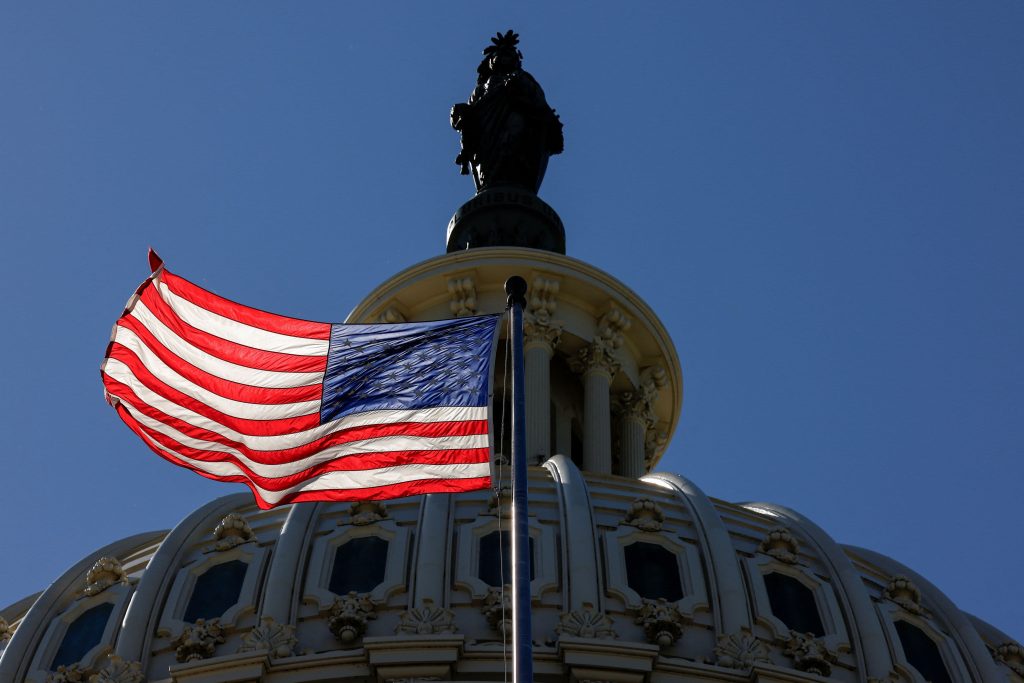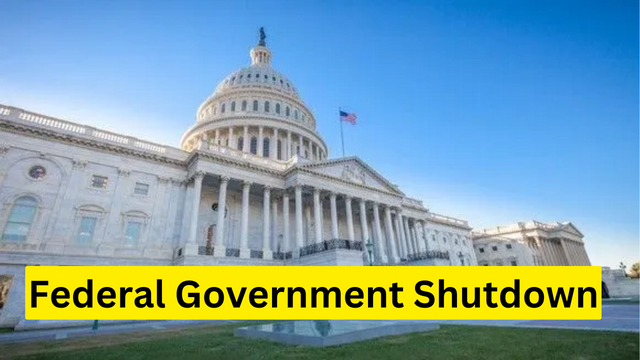The prospect of a government shutdown looms as Republican leadership canceled a procedural vote on a stopgap funding plan to keep the government open until October. A federal government shutdown will occur if lawmakers fail to enact legislation funding the federal government by the end of the tax year on September 30, 2023.
Congress appears to be on track to trigger a government shutdown on October 1, 2023, because the 12 appropriations bill that fund government operations are not projected to be passed before the start of the new fiscal year.
As a result, the White House issued an icy warning on Wednesday, September 20, 2023, that a coming government shutdown might jeopardize critical federal programs, criticizing “extreme House Republicans” as lawmakers battle to negotiate a financial agreement. Here’s everything you need to know about what occurs during a government shutdown and your chances of preventing one this time.
What is a Government Shutdown?
A government shutdown occurs when non-essential U.S. government offices are unable to remain open owing to a lack of financing.
A lack of funds typically happens when the federal spending plan to finance the government for the upcoming fiscal year gets delayed. The closure will last until funding legislation is passed. Some businesses may continue to operate while utilizing their financial reserves, but if these funds are depleted, they will also cease operations.
The word “Government Shutdown” is frequently used to refer to the federal government; nonetheless, Federal Government State, territorial, and municipal governments may also shut down.
Why do Government shutdowns happen?
Per the Antideficiency Act (initially enacted in 1884 and amended in 1950), government agencies are prohibited from spending or committing funds without an appropriation from Congress.
When Congress fails to pass the 12 annual appropriations bills, federal agencies must suspend all non-essential operations until Congress acts. This act is known as the closure of the government. If Congress passes some but not all of the 12 appropriations bills, only those agencies without appropriations must close down; this is referred to as a partial shutdown.
What happens when that occurs?
Numerous federal employees are instructed not to work during shutdowns, even though a 2019 law would reimburse them with back pay. Until Congress ends the partial government closure, law enforcement and air traffic controllers will not be paid. Only 25% of the annual federal spending that Congress has approved goes toward this.
During a closure, Social Security benefit offices may limit their services, but Congress authorizes Social Security and Medicare via legislation that does not require annual authorization. The Treasury may also make timely interest payments on US Treasury debt.
What about the judiciary and the legislature?
Per the Administrative Office of the U.S. Courts, federal courts continue to function during a government shutdown by using fees they have collected and delaying new hires, non-case-related travel, etc. If the shutdown is protracted and those funds are depleted, then the courts can continue supporting their constitutional authority.
According to the Congressional Research Service, members of Congress are not vulnerable to layoffs because of their constitutional obligations and a permanent appropriation for their salaries. Only congressional staffers whose employment is “required to support Congress with its constitutional responsibilities or those necessary to protect life and property” are permitted to continue working. Even though they get paid retrospectively, the legislative staff is not paid during a shutdown.

Why is a government shutdown likely to occur in the fall of 2023?
In June 2023, Congress and President Biden passed and signed the Fiscal Responsibility Act, elevating the federal debt ceiling and limiting defense and non-defense allocated spending for fiscal years 2024 (beginning October 1, 2023) and 2025, with Republican support.
With agreed-upon funds, Congress was expected to pass 12 measures. The Senate Appropriations Committee unanimously passed all twelve steps. The compromise was unsatisfactory to Republicans in the House.
What is a perpetual resolution?
Without appropriations bills for a fiscal year, Congress may approve continuing resolutions to support government activities until a specific date. Continuing resolutions usually maintain funding at the previous year’s level. Between 2010 and 2022, the Government Accountability Office reported 47 Beltway “CRs” (continuing resolutions).
One day to slightly under six months. Although they keep the government running, the GAO stated they can be challenging for government agencies to handle since they often have to plan for a government shutdown because they can’t be sure a CR will pass; they can disrupt agency recruiting plans and make planning challenging. A continuing resolution this fall could prevent a shutdown if the House approves it.
The Fiscal Responsibility Act contains an unusual provision intended to dissuade Congress from passing a continuing resolution beyond December 2023. If a CR is in effect on January 1, 2024, the expenditure caps would be automatically revised, substantially reducing defense spending.
How common are government shutdowns?
Four shutdowns where activities were disrupted for more than one business day have occurred. Because President Clinton and the Republican-controlled Congress could not agree on spending caps in 1995–1996, the government shut down twice for 26 days.
In 2013, a disagreement over funding for the Affordable Care Act caused a 16-day shutdown. In December 2018 and January 2019, a disagreement over border wall financing resulted in a 35-day closure; it was only partial because Congress had already passed five of the twelve authorization bills.
What effect does a government closure have on the economy as a whole?
A few-day shutdown is inconvenient and undermines public confidence in the ability of U.S. legislators to carry out the will of the people. Still, it is unlikely to have a significant impact on the economy. However, a prolonged shutdown can cause more extensive, albeit transient, problems.
Goldman Sachs estimates that a government shutdown would diminish GDP growth by approximately 0.2 percentage points per week and that change would rebound by the same amount in the subsequent quarter.

